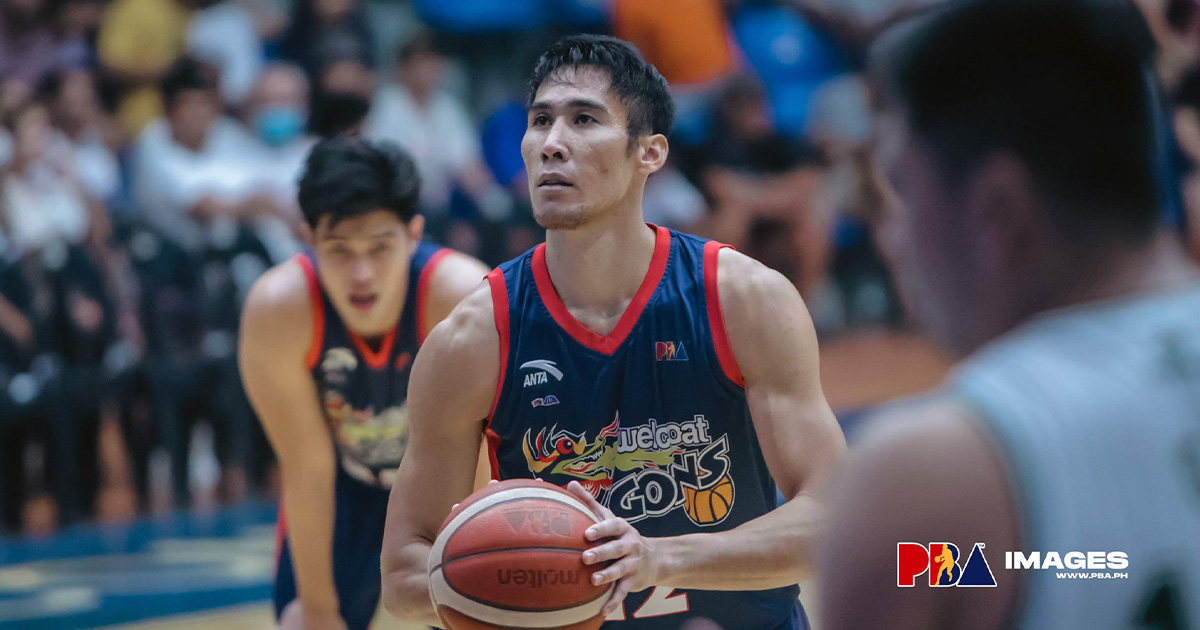For all their shrewd moves and star power over the past half-decade, the Philadelphia 76ers have had little to show in terms of playoff success. Since their highly controversial and extremely divisive process began in 2013, the Sixers have gone to the postseason three times, but the furthest they have gone was the Eastern Conference Semifinals.
The one constant that has remained all throughout has been Joel “The Process” Embiid. Not only is he the longest-tenured player in Philadelphia, but he is also a microcosm of what the team can be at full strength. When healthy, he is usually unstoppable on the low block but he has spent a significant amount of time on the injured list and it has at times come at the expense of the team.
When Embiid sat out against the Memphis Grizzlies on the second of a back-to-back set, the 76ers looked lost in a 116-100 defeat. The team defense remained stingy during the early portions of the game, but the Sixers could not overcome a strong third-quarter run from the Grizzlies. It didn’t help that Memphis center Jonas Valančiūnas had his way in the paint with 12 rebounds, five of which came from the offensive end.
Life with Embiid, however, is great. In a 122-113 win over the Minnesota Timberwolves last April 3, Embiid had 24 points, eight rebounds, two assists, and three blocks in 29 minutes despite returning from a nearly month-long absence due to a bone bruise on his left knee. While there were signs of rust (he had four turnovers in the game) he was active on both ends of the floor and looked like his pre-injury self.
He then returned from a one-game rest to dominate the Boston Celtics in a 106-96 win. The center from Yaounde, Cameroon dropped 35 points and knocked down 16 of his 20 free throw attempts. Embiid again had four turnovers and shot below 50 percent from the field, but he nevertheless feasted on the small frontcourt of Grant Williams, Semi Ojeleye, and Robert Williams, who combined for 12 fouls (with Robert Williams fouling out in 14 minutes of play).
Through 33 games, Embiid is averaging 29.9 points, 11.2 rebounds, 3.2 assists, 1.1 steals, and 1.4 blocks, numbers that reflect a renewed focus on conditioning and ensure that he remains at peak performance when he’s on the court. He’s also had one 50-point game and four 40-point games so far this season, both of which either match or top his highest individual performances in previous seasons.
He has had some injury scares such as the aforementioned knee bone bruise and has sat out due to the NBA’s COVID-19 health and safety protocols. But when he’s on the court, he certainly backs the billing as one of this season’s MVP frontrunners.
The four-time All-Star’s injury history is quite extensive, as lower limbs, back, and even his face have not been spared. Embiid has never played more than 64 regular season games and he won’t pass that mark considering there are 22 games left on the Sixers’ schedule. Injuries and the accompanying rest and “maintenance days” have contributed to him missing significant time, but him playing in more games bodes well for Philadelphia’s chances.
After the 2016-2017 NBA season (which was his “rookie year”), Embiid played in 64, 63, and 51 games during the next three seasons. During that same span of time, the Sixers bowed out of the playoffs in the Eastern Conference Semifinals, while they were swept by the Celtics in the first round in the Orlando bubble.
Correlation does not always mean causation, but there’s a trend with Embiid and the 76ers’ season outlook. The more games he plays, the further they can advance in the postseason. Him playing in more games gets him more used to game conditions both individually and with the team, while also allowing him to have that much-needed offensive rhythm heading into the playoffs.
If the two-time All-NBAer plays in the rest of the Sixers’ games, that would bring his total up to 54 games. In terms of share to total games, that would mean Embiid would play in 75 percent of the team’s total games, which would fall within the percentage of games he played in during Philadelphia’s extended postseason runs. However, the 76ers have always been cautious with their franchise player so he will likely sit out one of the back-to-back games moving forward.
The Sixers can survive without Embiid to some extent in the regular season (currently, they’re 9-9 without him), but it’s a whole different ball game in the playoffs. Normally, the game slows down in the postseason and there are moments where teams look to their go-to scorers for crucial baskets. Simmons is an elite playmaker but his lack of shooting exposes him to defensive game plans that focus on his weaknesses.
Embiid’s value to Philadelphia is immense not just because he’s outlasted teammates, coaches, and even team executives, but because of how he changes the complexion of the team when he is on and off the court. This season, the Sixers’ offensive rating is 11.8 points higher with him on the court. The 76ers’ defense stays relatively the same regardless if he’s on the court or not due in part to the principles of their defensive-minded head coach Doc Rivers, but his history with the Clippers and Celtics have shown that he has had a tougher time with in-game adjustments.
Having Embiid doesn’t guarantee the Philadelphia 76ers an NBA title, but it certainly improves their chances. Homecourt advantage has diminished especially with the restrictions brought about by COVID-19 so the Sixers will likely prioritize his quality of health rather than exert exhaustive (and perhaps costly) effort on securing the top seed. With Embiid playing the best basketball of his career, Philadelphia is looking to make sure that he does so all the way until July.















